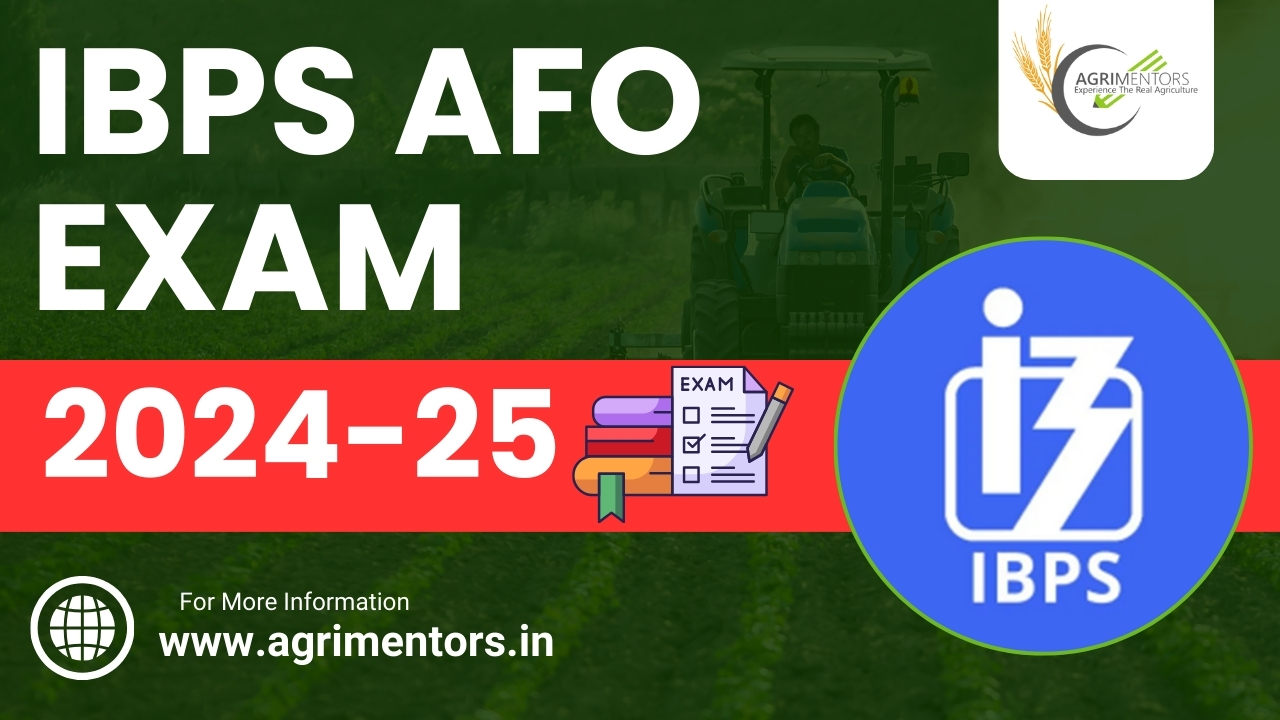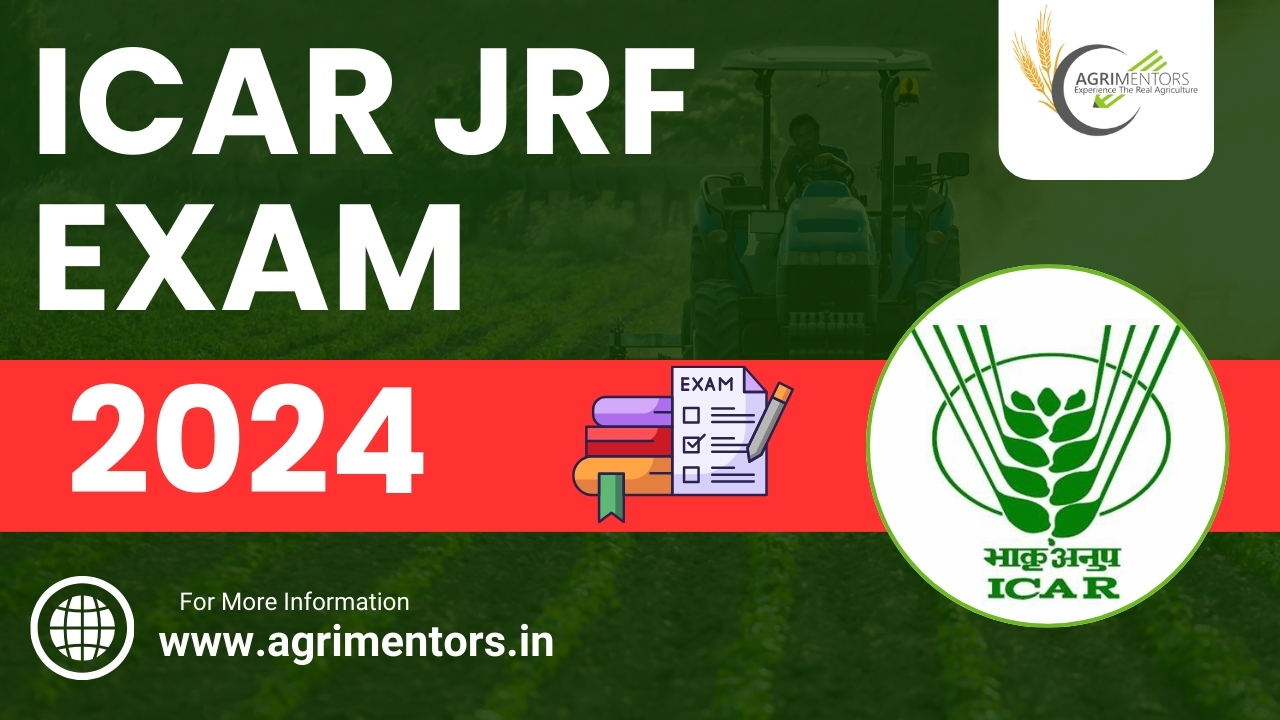
Beginning of greatest Agrarian revolution
In 1965, amid the Indo-Pak war, Indian Prime Minister Lal Bahadur Shastri's call for Indians to skip Monday meals symbolized the nation’s resolve. By the next year, a minister turned his Lutyens’ Delhi garden into a wheat field, while the U.S. was busy engineering a monumental agricultural shift. By 1968, the Green Revolution had catapulted India from a state of dire food shortages to a surplus so abundant that schools and cinemas had to close to store the excess.
India confronted its hunger crisis with a powerful combination of scientific innovation, diplomatic efforts, and political leadership. Appointed in 1964 during a severe food shortage, C. Subramaniam, along with B. Sivaraman and Dr. M.S. Swaminathan, spearheaded the Green Revolution. Overcoming challenges from outdated colonial agricultural practices and Cold War tensions, their efforts transformed India from a nation dependent on food aid into one of self-sufficiency, marking a pivotal shift in the country’s agricultural landscape.
To Face Starvation or Appeal for Support
In the 1960s, India faced severe food shortages due to failed monsoons and drought, increasing its reliance on U.S. aid. In December 1965, Congress president K. Kamraj expressed a preference for starvation over receiving American aid. By early 1966, with 30 million Indians in dire need, President Johnson was initially reluctant but ultimately approved additional food shipments after public and familial pressure. Prime Minister Indira Gandhi, in a tense call to request aid, resolved to eliminate India’s dependence on foreign food assistance in the future.
HYV Seeds "Origins of Innovation"
Norman Borlaug, an American scientist funded by the Rockefeller Foundation, had successfully developed a high-yield, disease-resistant wheat in Mexico because of the fact that India faced a critical need for scientific innovation, particularly high-yielding varieties (HYVs) of seeds to boost agricultural productivity. Recognizing its potential for India, Borlaug visited the country in 1963 and collaborated with Indian scientists, including M.S Swaminathan.
While convincing Prime Minister Nehru was challenging, the Indian government, facing a food crisis, saw the seeds as a viable alternative to importing food. As the global crisis intensified, President Johnson, despite his tensions with the USSR, supported sending aid to India. Soviet assistance helped establish seed farms and provided guidance on agricultural reforms, with Johnson encouraging India to accept all available aid, including from the Soviet Union.
Noble Character
Subramaniam described President Johnson as “well-intentioned but, like the district Nawab, wanting to dominate every situation and not share responsibility.” Johnson frequently engaged with Subramaniam and Indira Gandhi during state dinners and social events, often rearranging his schedule to be with them, which demonstrated his genuine appreciation for their company.
President Johnson considered Indian Agriculture Minister Subramaniam a key ally for U.S. interests in India. In his autobiography, B.K. Nehru notes that Subramaniam impressed Johnson, who referred to him as a “good feller.” This appreciation was reflected across the Johnson administration, as highlighted by a November 1965 telegram from the U.S. Embassy in India. The telegram emphasized Subramaniam’s strong pro-American stance and courage, stressing the need to assure him of U.S. support due to his political risk and his defense against accusations that PL 480 was being used for political leverage.
The Rockefeller Foundation, initially interested in healthcare, shifted focus to agriculture in response to global hunger issues. By the 1940s, it had developed a successful agriculture program in Mexico led by Norman Borlaug. In the 1960s, the Foundation applied this model in India, specifically in Punjab and Haryana, working with Borlaug, Ralph Cummings, and scientists from Mexico and Colombia. Despite initial challenges with planting techniques, adherence to Borlaug’s methods by some Indian scientists resulted in high crop yields.
Stands Firm of Parliament
In the 1960s, Lal Bahadur Shastri’s government faced political challenges, with no-confidence motions and intense debates over the food crisis. Agriculture Minister C. Subramaniam defended the need for food imports, citing India’s colonial history and population growth. He argued that addressing immediate agricultural issues was critical, despite opposition criticism. In November 1965, Subramaniam traveled to Rome and secured a key agreement with U.S. Secretary of Agriculture Orville Freeman on subsidies and agricultural inputs.
A journey from Famine to Feast"
In 1968, India experienced an extraordinary wheat surplus, so overwhelming that schools and theatres had to be repurposed for storage, and trains lacked enough wagons to transport it all. Similar record-breaking harvests occurred in the Philippines and Turkey, with other crops like cotton, tea, and jute also flourishing.
The term "Green Revolution" was introduced by William Gaud of the US Agency for International Development in 1968, capturing the dramatic agricultural advancements spreading across Asia—distinctly contrasting with the Communist "Red" revolutions. In 1969, M.S. Swaminathan further explained that increased fertilizer use led to richer green hues in crops, solidifying the name "Green Revolution."
The media played a vital role in championing these reforms, with both national and international coverage praising the transformation. Headlines like “India Plans for Survival” and “The Disaster That Never Was” celebrated the success, while The Times of London detailed how Indian farmers were adapting to their newfound wealth and prosperity.
In August 1965, Norman Borlaug sent crucial wheat seeds to India, though they were delayed by the Watts riots and the India-Pakistan war. Despite a severe drought, seed distribution began in 1966, and Subramaniam famously planted wheat on his own lawn to demonstrate the crop's potential. Following Shastri’s death, Indira Gandhi continued diplomatic efforts with the U.S. While the 1966 kharif season produced better yields, poor distribution left many still hungry. In the 1967 elections, Subramaniam lost his seat, though Gandhi was re-elected. Johnson, expressing regret, reportedly called Subramaniam India’s most capable minister. By 1968, the successful wheat harvest dispelled doubts about the agricultural reforms.
Punjab and Haryana Backing the Strength
Mekhala Krishnamurthy from Ashoka University explains that the Green Revolution was a big bet on high-yielding crops and specific regions like Punjab and Haryana. These areas had the right resources and conditions to succeed, especially Punjab, which became a major center for wheat production.
In 1966, when 18,000 tonnes of seeds arrived in Punjab, the state quickly took action by turning schools into storage centers and using prison inmates to help distribute the seeds. A.K. Singh from the Indian Agricultural Research Institute (IARI) pointed out that Punjab’s excellent irrigation system was key to its success. Punjab Agricultural University, set up in 1962, played a crucial role in adapting new wheat varieties and offering hands-on training for farmers.
The completion of the Bhakra Nangal Dam greatly helped by providing better water access. Johl also noted that Punjab's many independent land holdings before the 1970s land reforms were important. By 1972-74, Punjab had become self-sufficient in food with 20 million tonnes of grains, showing that the Green Revolution strategy worked well.
Paradox of Plenty
In 1968, the Green Revolution led to a massive increase in wheat production, but this surplus created several problems. The government struggled to manage the excess, with granaries overflowing, workers going on strike from overwork, and large amounts of wheat being ruined by rain and pests. The expanded Public Distribution System had difficulty handling the surplus.
Indira Gandhi marked the success with a special postage stamp, but the media also highlighted the issues with surplus management. By the early 1970s, some questioned whether the 1968 harvest was just a fluke, attributing its success to favorable weather rather than agricultural improvements.
There were also concerns about the Green Revolution’s impact. Experts like Swaminathan warned about the risks of excessive chemical use, and Dr. R.B. Singh noted that farmers lacked proper incentives, leading to careless farming. Heavy use of chemical fertilizers also degraded soil quality.
Social and political tensions arose, including violent protests and political instability. Critics like Vandana Shiva argued that focusing on high-yield crops and advanced regions was not the best approach, suggesting India should have relied more on its own methods rather than international aid.
Despite these issues, the crossbreeding of Mexican wheat with Indian varieties significantly increased wheat production, boosting it from 12 million tonnes in 1969 to 109 million tonnes today. However, this also widened the gap between wealthy and poor farmers, with Punjab reaping the most benefits due to its advanced irrigation and farming infrastructure.
A sector that faces stagnation
The Green Revolution was initially intended as a foundational step for ongoing agricultural reforms in India, but instead, the sector has largely stagnated. In Punjab, farmers were encouraged to grow paddy and wheat due to favorable Minimum Support Prices (MSP) and free electricity, but no significant reforms followed in the decades since. Experts like Johl warned about resource depletion, but their concerns went unaddressed. By the early 1980s, India faced a surplus of agricultural products and needed crop diversification, yet necessary reforms were delayed. Johl’s advice was ignored, leading to his resignation. Ashok Gulati, an agricultural economist, argued that outdated policies, not the Green Revolution itself, are to blame for today’s issues, pointing out that political decisions have hindered progress rather than the Green Revolution’s approach.
Green revolution 2.0
Since the 1990s, M.S. Swaminathan, known as the “Father of the Green Revolution,” has advocated for an “evergreen revolution” that combines technological advancements with ecological principles.
The Green Revolution highlighted essential lessons: it’s not just about reassessing the government’s role but also evolving the agricultural sector. Initially focused on achieving food self-sufficiency, India must now shift towards producing nutritious food to enhance public health.
Harish Damodaran, Rural Affairs and Agriculture Editor at The Indian Express, suggests that India should move beyond calorie-rich staples like wheat, rice, and sugar. The emphasis should be on nutrient-dense foods such as pulses, dairy, eggs, meat, fruits, and vegetables. Additionally, sustainable crops that use less fertilizer should be prioritized.
According to Damodaran, while the Green Revolution addressed basic food needs, the next phase should be a smart, sustainable approach to agriculture that builds on this foundation.
Categories
Recent posts


NABARD Grade A Exam
3 Jul 2024
IBPS AFO Exam 2024-25
3 Jul 2024
Syllabus
3 Jul 2024



